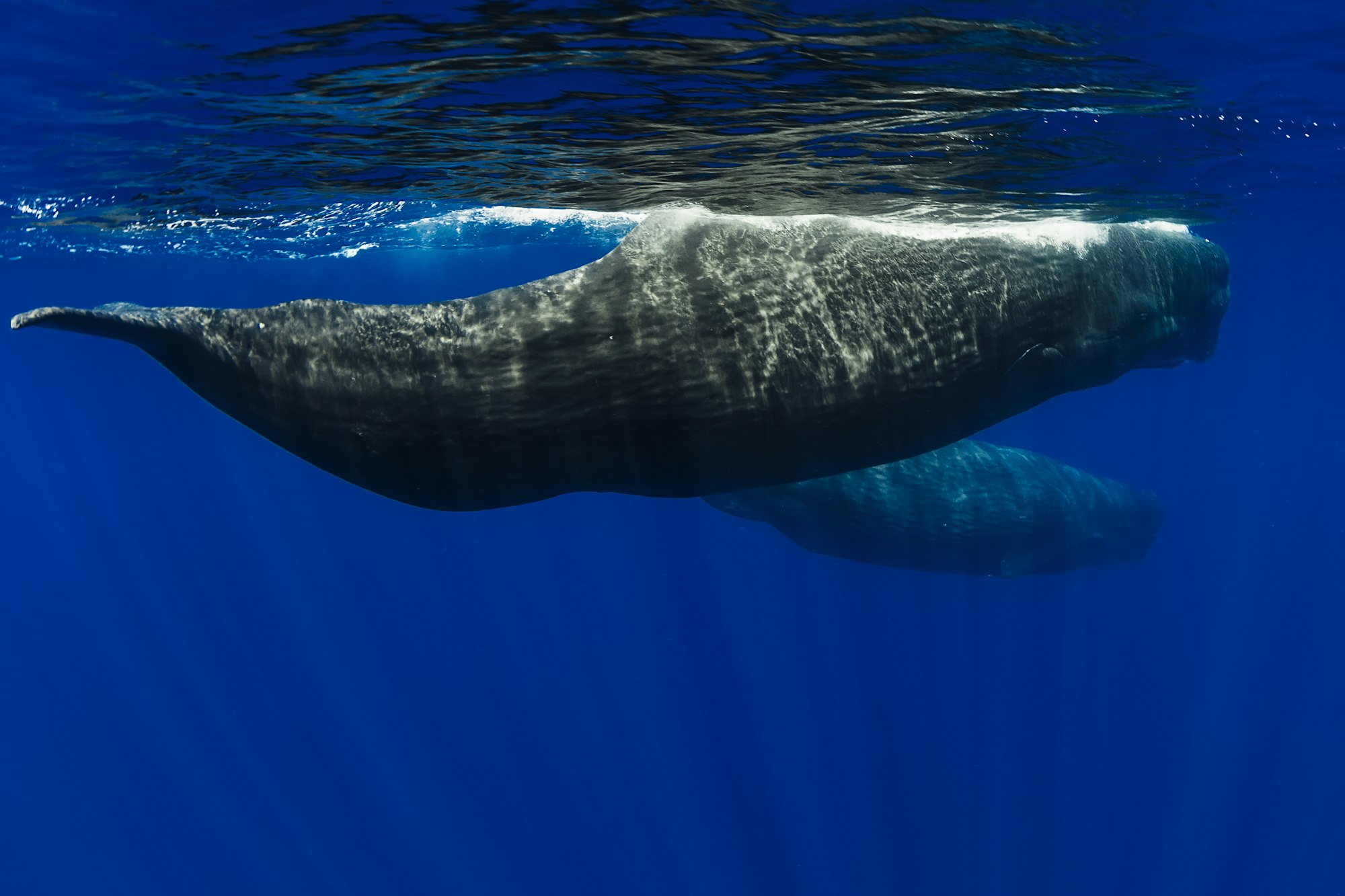Discovering the Secrets of Sperm Whale Communication
Researchers have made an incredible discovery about sperm whale communication, uncovering what they call a “phonetic alphabet” similar to human language. This finding sheds light on the impressive cognitive abilities of these giant ocean creatures.

Using AI to Decode Whale Sounds
Artificial intelligence (AI) has played a crucial role in understanding sperm whale sounds. By analyzing thousands of whale vocalizations, researchers have found unique patterns and structures, suggesting a level of communication in marine life that we hadn’t recognized before.
The Science of Sperm Whale Sounds
Sperm whales communicate using a series of clicks called codas. Initially, scientists thought whales had a limited set of these codas. However, recent studies have identified over 156 distinct codas, indicating a much more complex communication system.
Whale “Phonetic Alphabet”
Much like human languages, sperm whales use a system researchers are calling a “phonetic alphabet.” This system includes various sounds that, when combined, convey detailed information and emotions, showing the whales’ advanced communication skills.
Sperm Whale Behavior and Ecology
Sperm whales are fascinating not just for their vocal abilities but also for their behaviors in the deep ocean. These whales dive to incredible depths, often over 3,000 meters, where they hunt and communicate.
Social Behavior and Group Dynamics
In the deep waters, sperm whales display unique social behaviors. They hunt in coordinated groups, showing a level of cooperation that highlights their need for complex communication. Their social structures are complex, often involving multiple generations within a group.
Conservation and Protection of Sperm Whales
Understanding sperm whale communication has important implications for their conservation. Recognizing their sophisticated language and social structures underscores the need to protect these intelligent creatures from threats like ocean noise pollution and climate change.
Technology in Marine Conservation
New technologies, including drones and AI, are enhancing our ability to study and protect marine life. These tools give scientists unprecedented access to the lives of sperm whales, providing insights that can lead to more effective conservation strategies.
Explore the fascinating “phonetic alphabet” of sperm whale communication uncovered by AI, highlighting the complexity of their social interactions and the crucial role of modern technology in marine conservation.

FAQs
1. What is the “phonetic alphabet” discovered in sperm whale communication?
The “phonetic alphabet” refers to a newly discovered system of sounds used by sperm whales, similar to how humans use letters to form words. Researchers found that sperm whales combine various clicks, known as codas, to convey detailed information and emotions, suggesting a much more complex communication system than previously thought.
2. How did artificial intelligence help in decoding sperm whale sounds?
Artificial intelligence played a crucial role by analyzing thousands of sperm whale vocalizations. AI identified unique patterns and structures within these sounds, helping researchers understand the complexity and sophistication of whale communication. This analysis revealed over 156 distinct coda types, highlighting the advanced communicative abilities of sperm whales.
3. What are the implications of this discovery for sperm whale conservation?
Understanding the complex communication and social structures of sperm whales underscores the importance of protecting these intelligent creatures. Recognizing their sophisticated language highlights the need to address threats like ocean noise pollution and climate change. Additionally, advanced technologies like drones and AI can enhance marine conservation efforts by providing deeper insights into the lives of sperm whales, leading to more effective protection strategies.
Sources BBC


